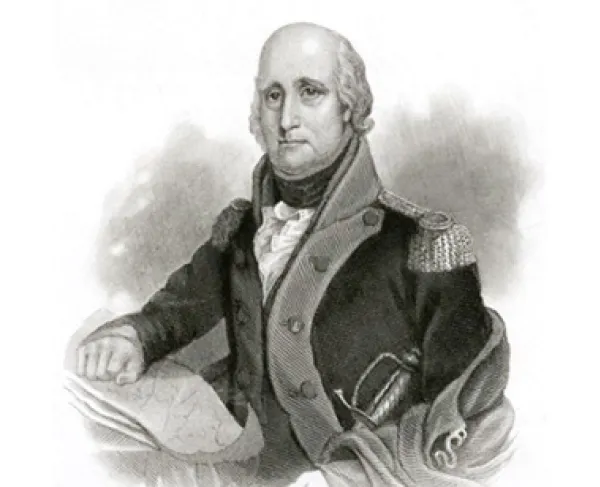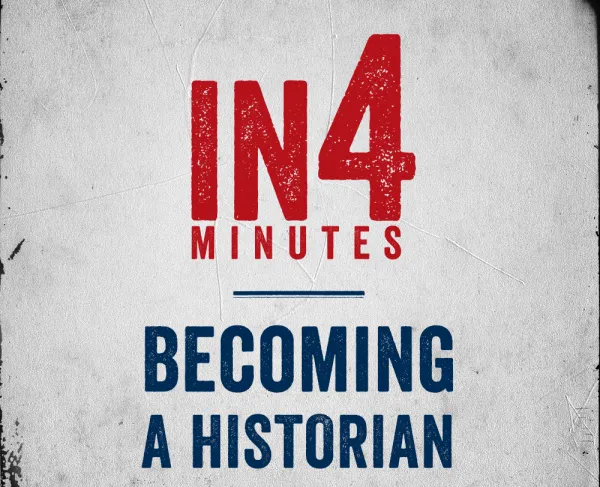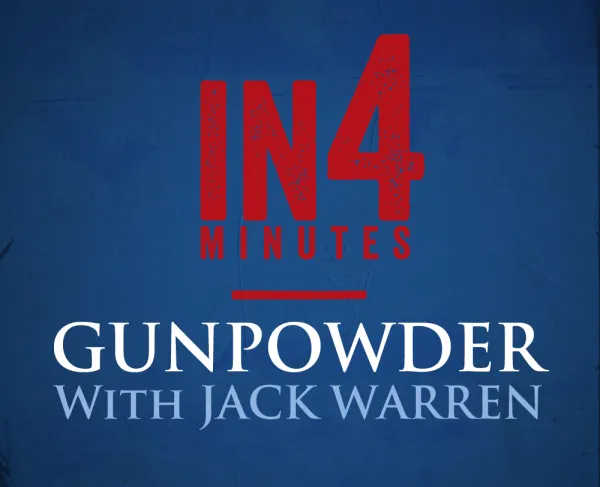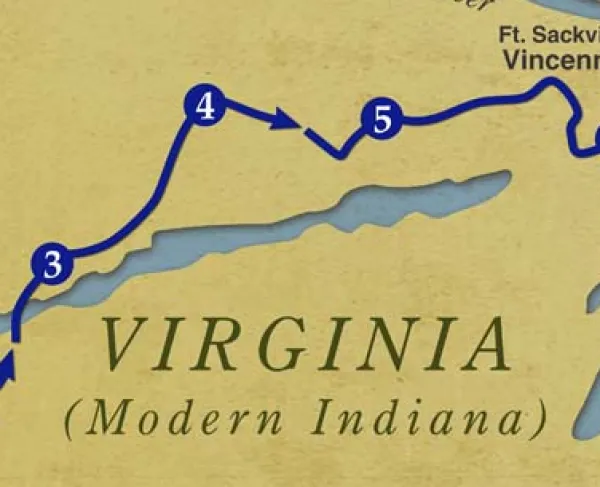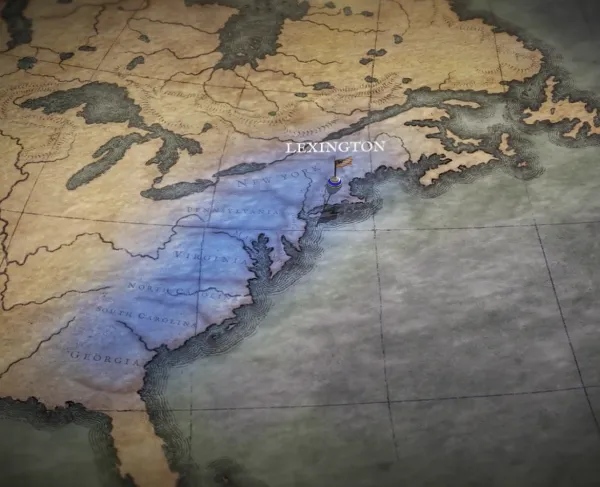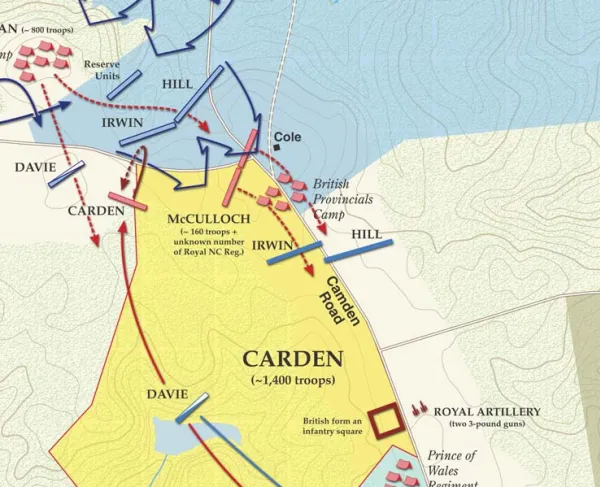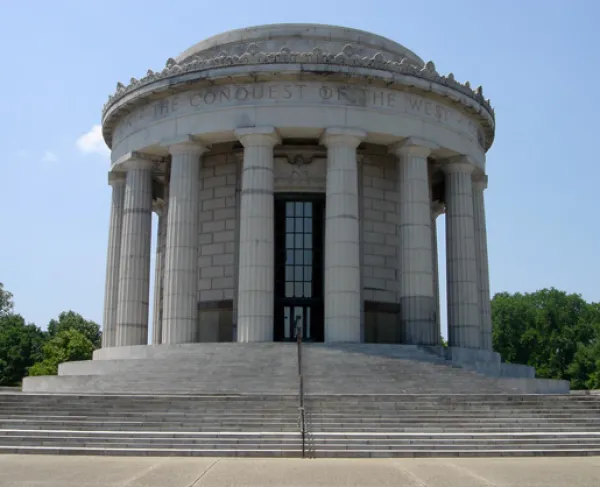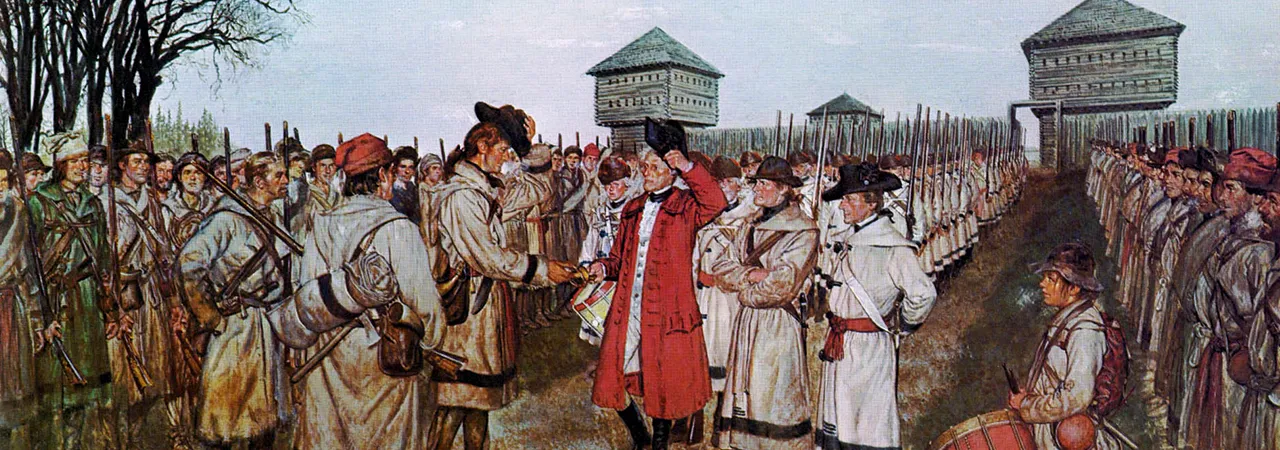
Vincennes
Siege of Fort Vincennes / Siege of Fort Sackville
Indiana | Feb 23 - 25, 1779
In February of 1779, American Col. George Rogers Clark besieged the far frontier town of Vincennes held by the British. After two days of the siege, British commander Lt. Col. Henry Hamilton surrendered to the Patriots.
How It Ended
Patriot Victory. After initially pushing back the American attack on the 23rd, Hamilton surrendered the British post to Clark on the 25th ending the two-day siege and giving Americans control of the western frontier.
In Context
In the early stages of the American Revolution, British officials built Fort Vincennes, later named Sackville, along the Wabash River, at the modern border of Illinois and Indiana. British Lieutenant Governor Edward Abbott began construction in 1777. He was succeeded by Lieutenant Governor Henry Hamilton, who arrived in late 1778 with a force of 90 British Regulars and 200 Native allies. Hamilton was upset by the design and state of the fort and immediately began work on strengthening the defenses. The fort was roughly square, with blockhouses on the northeast and southwest corners, a barracks, a magazine, and a gatehouse. The strongest parts of the fort were the blockhouses, made of thick timbers rendering them musket-proof and each mounting a three-pound cannon. By February 1779, Hamilton had completed the major construction, but the stockades were still in poor condition. The Americans, fearing that every day they delayed, Hamilton’s position became stronger, decided to launch a winter attack on the fort.
Stationed at Kaskaskia, about 180 miles west of the fort, was Lieutenant Colonel George Rogers Clark, older brother of William Clark, who explored the Louisiana Purchase with Meriwether Lewis. Clark departed Kaskaskia on February 6, 1779, with 172 American and French militiamen. The 180-mile expedition proved to be extremely difficult, even by frontier standards. While the winter was not cold, it was exceedingly wet, forcing the men to endure wet conditions and wade through standing water in multiple places. By the time Clark arrived at Vincennes on February 23, food had run dangerously low.
On the afternoon of February 23rd, Clark's forces approached the garrison. The local population, many French, were sympathetic to the American cause and did not alert the fort or oppose Clark's approach. Despite a large commotion, Hamilton did not realize he was under attack until the fort came under direct fire. Clark ordered a barricade built facing the fort's gate, and both sides traded fire throughout the night. On the morning of the 24th, Clark demanded Hamilton's unconditional surrender, which was rejected, but Hamilton agreed to meet Clark to discuss terms.
In the interim, one of the frontier wars' most controversial and brutal episodes occurred. A war party of natives and French Canadians entered the town, unaware of the American occupation. After a short skirmish, Clark captured six and forced the rest to flee. Releasing the two French prisoners, Clark had the four Natives tomahawked to death in view of the fort and then scalped and thrown in the river. Clark intended to use the action as a psychological tactic against the British garrison; he never denied or apologized for the action.
4
16
At 10 a.m. on February 25th, Hamilton surrendered the fort, which the Americans renamed Patrick Henry. Clark’s success secured the western frontier from attacks and served as a temporary deterrent to British and native incursions into Kentucky.
Since Fort Sackville commanded the American frontier, the Patriots needed to take control of the fort. With it in British hands, Hamilton could launch deep raids into the Kentucky frontier and burn settlements. To stop this from happening, Clark was tasked with capturing the fort. By February of 1779, Clark’s men reached the fort and, by the 25th, captured it along with Hamilton and his men. Once it was in American hands, the serious threat of British raids into the western frontier was temporarily neutralized.
Clark left his base at Kaskaskia, Illinois, on February 5, 1779. During his grueling eighteen-day march, Clark's men marched a staggering 180 miles and suffered under terrible conditions. Though not cold, Clark's men had to march through miles of wet marshland. To make matters worse, when the party made it to Vincennes, Clark's party was nearly out of food. Nevertheless, the party made it through under Clark's leadership.
Vincennes: Featured Resources
All battles of the Western Theater Campaign
Related Battles
127
300
4
16
